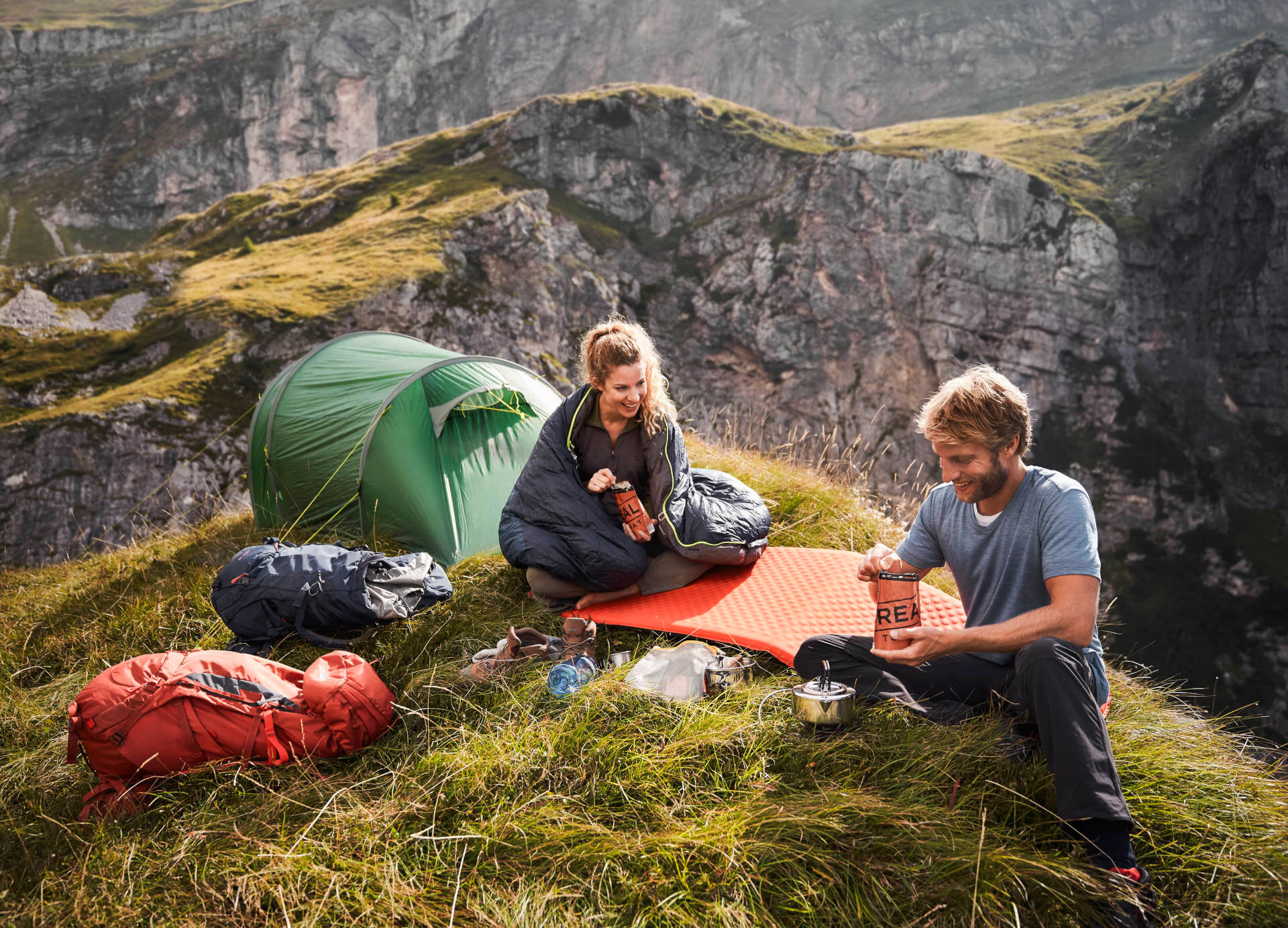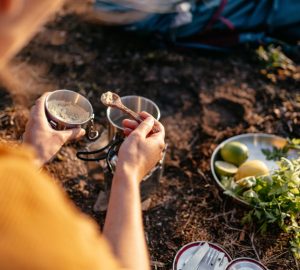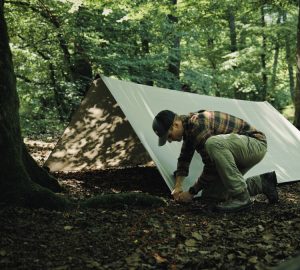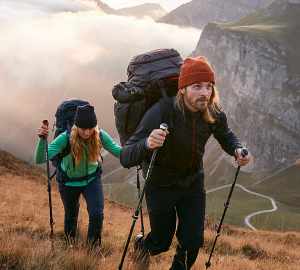On a trekking tour of several days in rough terrain, your talent for improvisation is often in demand. After all, you can’t carry the right equipment in your backpack for every eventuality. However, in our opinion, there are eight indispensable items of equipment for your trekking tour that will make outdoor life even more enjoyable.
1. Bivy sack
The original purpose of a bivy sack is to provide quick and easy protection from wind, rain and cold in emergencies or unexpected situations such as a change of weather. On a trekking tour lasting several days, it thus qualifies as an important companion and is worth every gram of its (low) additional weight. But not all bivy sacks are the same – this will quickly become clear to you during the research.
In the basic version, the bivy sack resembles an oversized waterproof and windproof plastic bag in which you can either lie or sit. The absolute minimalists take a bivy sack instead of a tent on trekking tours. This has some advantages – small pack size and weight, but most importantly, bivouacking does not usually count as wild camping.
2. Hammock
If you are traveling in warm and dry areas, you can do without a tent and spend the night in a hammock. You don’t need to worry about mosquitoes and other insects, there are hammocks with a suitable protective net, which reliably keep the pests away. If you then stretch a tarp over the hammock, you have an airy and pleasantly cool place to spend the night, including protection from the sun and light rain.
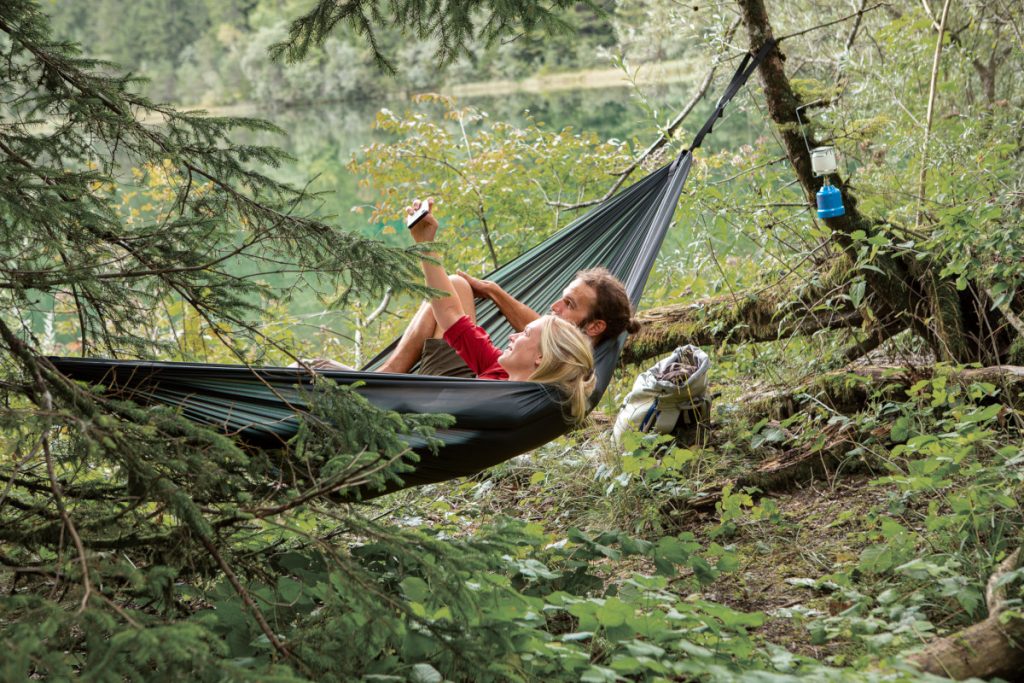
Good to know: Never trekked before? The 5 most common beginner mistakes and how to avoid them
3. Signal whistle
Simple and easy but effective in case of emergency – with a signal whistle you can give the alpine emergency signal: whistle six times per minute, then pause for one minute – repeat this rhythm until you get the response signal with three characters per minute.
If you are traveling in very lonely areas, satellite phones make sense. Don’t worry about the cost – you can rent them cheaply instead of buying them.
4. Duck tape
Trekking always means improvising a bit. It’s good to have a “tool” with you just in case. With tearproof tape you can seal, insulate, connect or repair almost anything. If the sole of your hiking boot comes off – wrap it around once and you’re good to go. Holes or tears in your rain pants? With armor tape everything is tight again.
5. Belt with secret compartment
In the course of weight optimization, the question quickly arises whether you really need a belt. Special travel belts offer real added value. They are lightweight and have a small, invisible zipper pocket sewn into the inside. You can stow your ID card, money or credit card in it – the chances of a thief striking or you losing the things are zero.
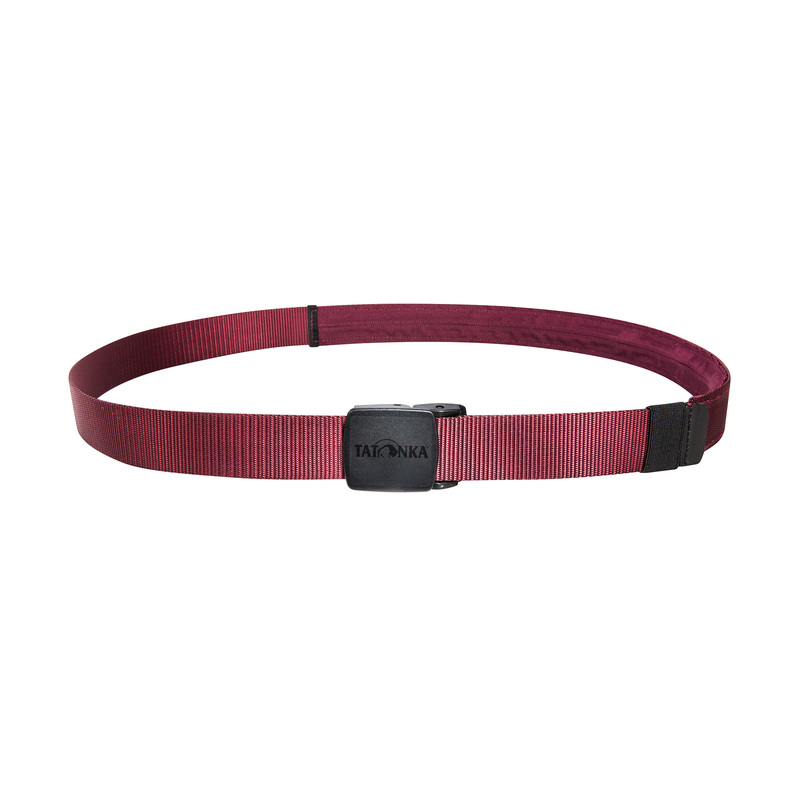
Whether you’re on tour or traveling – the Travel Waistbelt with secret money compartment protects your cash from pickpockets.
6. Mosquito head protection
No question, to wear our mosquito head protection in public, you need a certain amount of suffering. But anyone who has ever been chased for days by swarms of midges in Scotland or camped with countless mosquitoes in Sweden knows what we are talking about and will resort to any means to avoid the painful bites and stings.
Also interesting: Hiking backpack or trekking backpack – which backpack is right for me?
7. Water filter
Water purification on the road is a science of its own. Some swear by filtering, others by purification tablets (Micropur) and still others prefer boiling. Ultimately, the method depends heavily on the hygienic conditions in the travel countries.
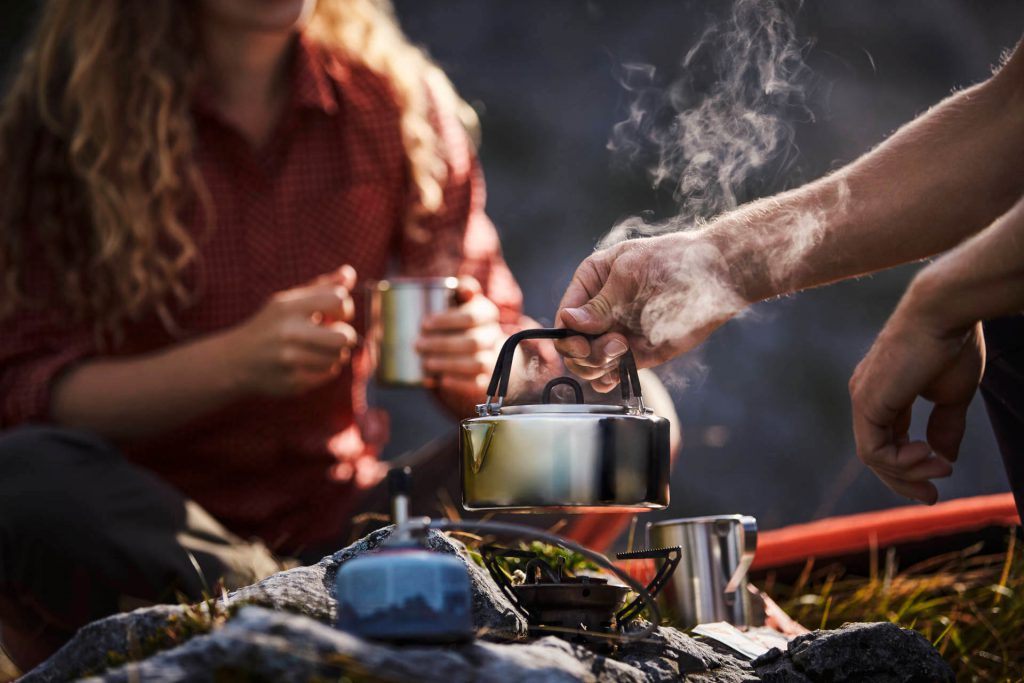
A good mini water filter is ready for use at any time, filters the water immediately and is available from only 40 grams in weight. Advantage of water filters – they also filter suspended matter and you can use the water immediately. If the water is perhaps even contaminated with viruses, you should additionally disinfect it with a UV lamp.
Boiling water is a safe method, but it must be boiled for a few minutes. Only then are all pathogens really eliminated. In practice, this means you’ll need to carry more fuel and a large pot to sterilize about two to three liters of water per person per day.
Chemical purification tablets like Micropur are also safe, but have a relatively long soak time of around one to two hours and a distinct chlorine taste, depending on their composition. The advantages: The tablets take up little space and once sterilized water lasts up to six months.
Also interesting: Everything you need to know about trekking
8. Bubble tablets
Admittedly, they are more of a luxury item on a trekking tour. But throw a fizzy tablet into your water bottle and lukewarm water is transformed into a tasty drink. It’s best to choose a type with added magnesium to prevent muscle cramps.
If the backpack with all the equipment for your trekking tour becomes too heavy at some point, you could also go on tour with a donkey. This not only relieves the strain on your back, but also gives young and old an extra boost of motivation.




